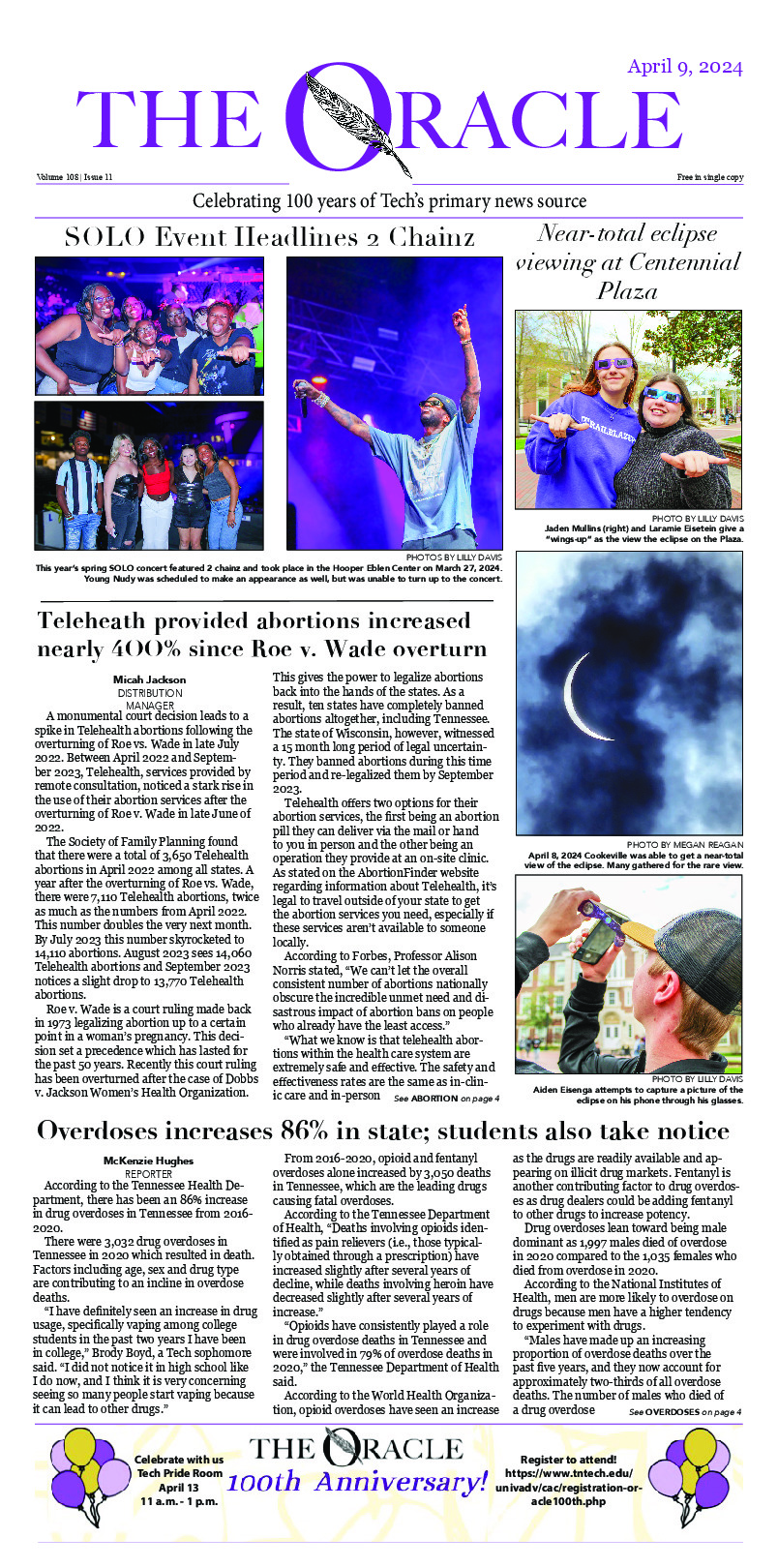Over the past year, most of collegiate athletic coverage doesn’t seem to talk about the actual sports that are being played. It seems that all anyone can talk about anymore is conference realignment rumors and scandals involving student-athletes taking improper benefits.
This week, the NCAA is in the news again for something, but this time, it could actually be something that will change the landscape of collegiate sports in a positive way.
NCAA president Mark Emmert proposed a deal earlier this week that would give student-athletes an additional $2,000 of spending money along with their scholarships to cover full cost-of-attendance beyond just tuition, room and board, books, and fees.
This major reform proposal was approved on Thursday by the NCAA Division I Board of Directors. Conferences will now vote on whether to add this proposal.
It’s pretty obvious that BCS conferences will quickly approve this because they can more than afford it with the television revenue they earn every year. This would also give them even more of an advantage in recruiting over non-BCS conferences.
The big question that remains is whether the smaller conferences, which includes the OVC, can afford it. There isn’t as much revenue generated in smaller conferences because they don’t enjoy the network television deals and sponsorships that the BCS conferences do. Plus, when you consider the number of both men and women athletes with scholarships and multiply that by $2,000, that’s a pretty hefty cost for a university to take on.
This reform proposal included some other elements beyond the spending money.
One thing it did was raise the academic standards for teams. The Academic Progress Rate will be raised from 900 to 930 and failure to meet that mark will result in a ban from postseason tournaments. This rule will also be implemented in bowl licensing agreements, meaning it will affect the FBS football teams as well.
Eligibility standards for incoming freshman and junior college transfers have also been raised. Both required a 2.0 GPA before the reform. Incoming freshman must now have a 2.3 GPA in the 16 core classes, and have completed at least ten of them before their senior year. Incoming transfers will now need to maintain a 2.5 GPA and will be limited on the number of physical education credits that will count.
Student-athletes that might be in compliance with the current academic standards but not the new ones can be given an “academic redshirt“. The athlete will sit out a season in order to get his/her grades up.
This reform now gives individual schools the option of granting athletes multi-year scholarships or staying with the current year-by-year format. This means that schools can guarantee an athlete his/her scholarship for the entire duration of their eligibility.
The last part of the new deal involves summer basketball recruitment. Coaches will be given four evaluation days in April and twelve in July, as opposed to 20 in July under former rules.
Although they will have four less days of evaluation, coaches will now be allowed more contact with their own players in the summer and a text messaging ban has been lifted.
So what is the purpose of this reform and such a quick approval of it? The NCAA feels that by giving athletes some spending money it will prevent them from seeking benefits from boosters and other outlets.
But will this really work? What happens when an athlete decides that the $2,000 isn’t enough and he/she deserves more because they’re a better player?
Just like any reform, this will not be perfect and will not keep every athlete from taking improper benefits. There will always be those that don’t abide by the rules.
This is, however, a step in the right direction. This will keep some athletes from taking improper benefits and give them something that many feel they deserve. People have argued for years that student-athletes should be paid because they bring in money for their universities and they don’t have the time to hold a job like any other student. Now they get it.
The important thing here is the rise in academic standards.
Many athletes just see college as a stepping stone for the pros. But not everyone gets to go professional in their sports and need a backup plan in case of injury or anything else that might end one’s playing days.
Athletes shouldn’t see college as a stepping stone. They should see their athletic abilities as a way of receiving an education and preparing for a future beyond the field or court.


